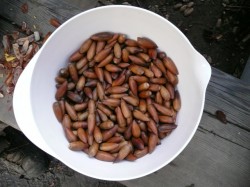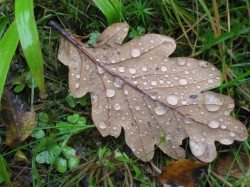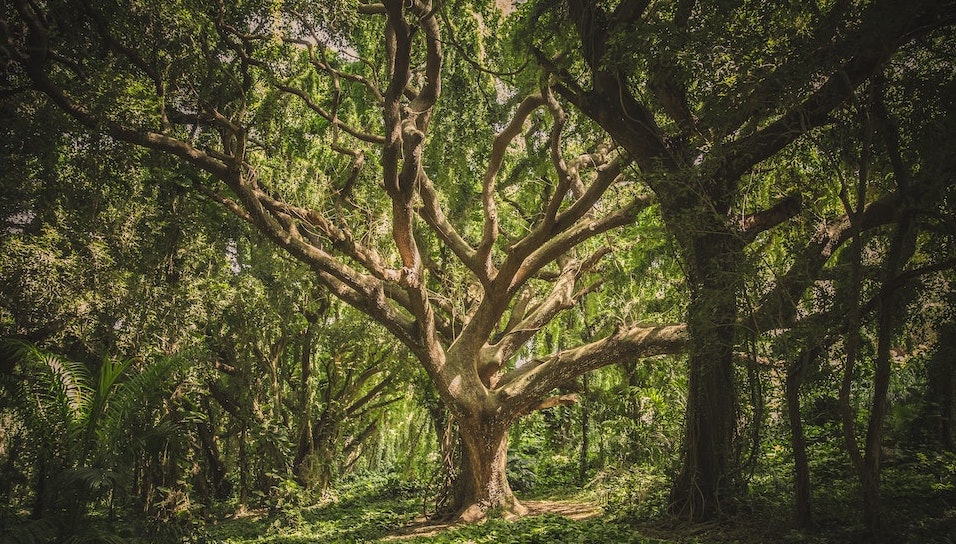I was on the first week of my field biology job in the mountains of North Cascades National Park when I got a message from the trees. I had been doing Wilderness Awareness School’s naturalist training series for a few years, but it still took me by surprise to hear trees talking. Or maybe it was my own common sense that spoke: Wherever there are trees, you will be able to survive. I looked from the rich forest valley up to the snow-covered peaks above me, and figured that whatever was giving me this message, it was probably right.
Ah, trees. From admiring the alders at my Sit Spot to the firewood in the stove, trees support my life in tangible and intangible ways. The paper strewn over my desk? The mess is purely my own fault, and I still thank the trees for all they give to us humans. It’s especially apparent in this forested landscape I live in, but even in other parts of the world, trees make life easier for people—human people as well as the rest! I look out the window and see the maple tree whose branches cast moon shadows over me as I sleep. These gentle influences are balanced by the extreme “wolverine medicine” it can take to stay alive in a survival situation.

While I don’t have much call for dire survival situations on my little farm (and may it remain that way) I am eager to develop my appreciation of trees through my favorite medium—food. Yes, folks, if there is something edible I will find it. Both the forest nearby and my own fruit trees are sources of direct nourishment, really strong keep-me-alive kind of stuff. This winter I did a two-day challenge eating only food that my friend and I gathered from the wild or grew on the farm. In the middle of December, with snow on the ground, cedar and Douglas-fir tea were important contributions to the rest of the fare. Dried berries have also graced my table. If only I could make my little chestnut, filbert, and walnut trees grow up faster! Perhaps next winter will see me cracking hazelnuts around the fireplace. What have you eaten from a tree today?
To bring back the sense of urgency inherent in a survival situation, I prompted myself to do a five-minute fire challenge at my Sit Spot. I had a lighter in my pocket. Think that makes it easy? You don’t live in western Washington, where rain falls steadily for ten months of the year. It was a snowy day to boot, and wind-blown snow had wedged itself into every crevice of the bark of trees. I ran to my favorite alder snag and popped off a piece of bark, hoping to find dry wood underneath. Nothing doing—it was all icy under there, even when I shaved off the top layer with my knife. Fortunately, I ran to a group of hemlock trees. I hadn’t even thought of them before. These five-minute challenges are great to enhance our mental maps of the landscape… Anyhow, the thin dead branches from these trees were my best bet for getting a fire started. Yes! They flared up when I held my lighter to them. Granted, I had to hold the lighter there for a while. That was a good reminder that a candle stub is a handy thing to have in my survival pocket.

Next time you wander out to your Sit Spot, find the oldest tree or shrub. Be there for a while and feel what it’s like to have a sit life, not just a Sit Spot. Who knows what good advice the trees might have for you.
